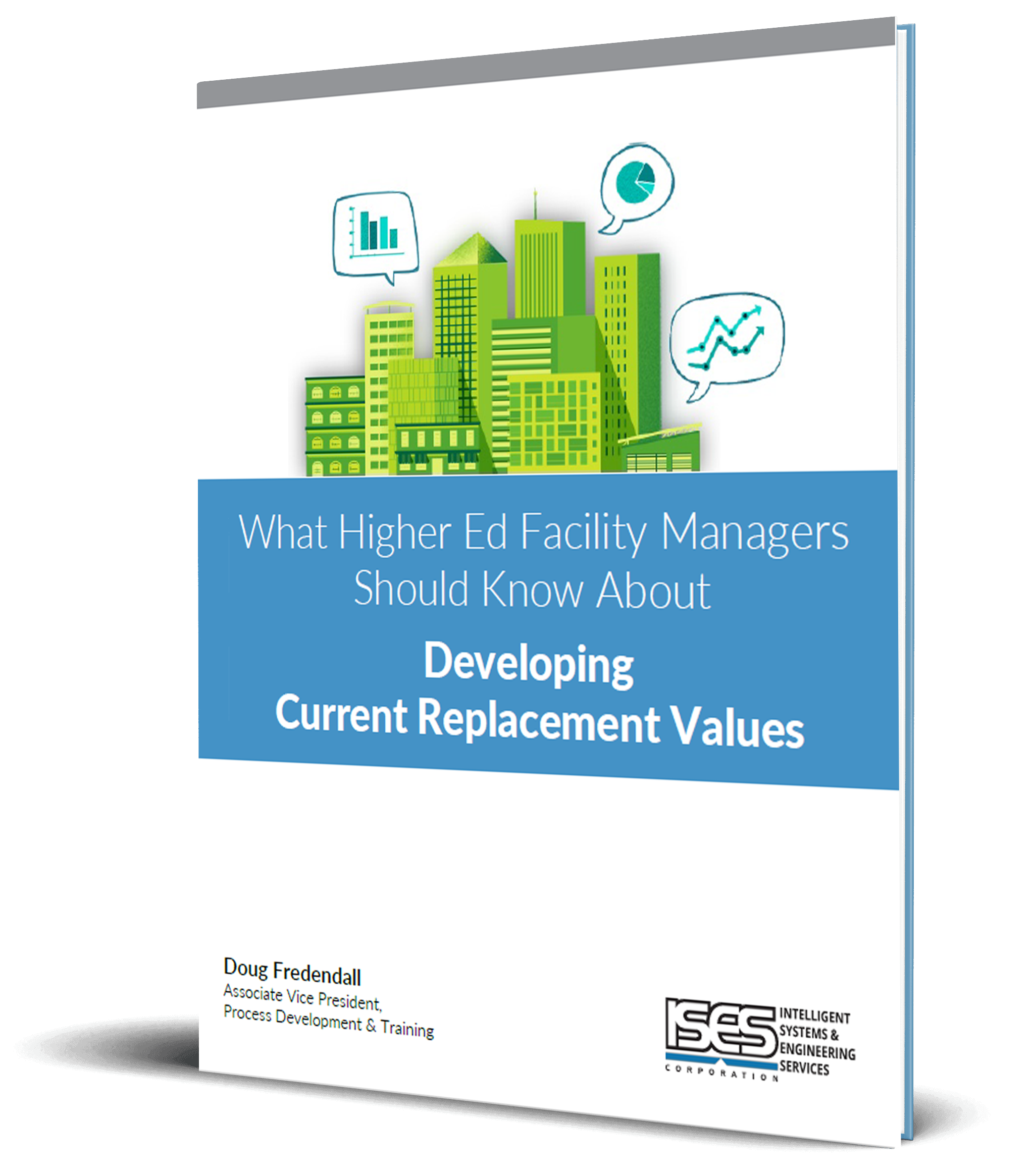Years ago the California State University System (CSU) realized that to successfully manage the backlog of maintenance and repair on its facilities, it had to quantify that backlog better. Previously, the System had submitted projects to its Board of Trustees that amounted to little more than wish lists based on competing campus studies and crisis reaction-spending for critical infrastructure needs and ADA lawsuits. A new approach was required to effectively manage the deferred renewal backlog and create a 10-year capital renewal plan.
John Chiang, California State Treasurer from 2015-2019, stated the task well: “You can’t manage what you don’t measure. With a clear understanding of what needs to be fixed, repaired, or upgraded, we can better use our borrowing capacity. At the same time, our lenders would recognize that we are in control of our infrastructure priorities and not bouncing from crisis to crisis.”
To meet the challenge, CSU partnered with ISES Corporation. The cost-effective effort not only included findings on building conditions but also on the System’s utility infrastructure and campus exterior accessibility. ISES Corp teams assessed the buildings; existing studies provided the other information. It was no small endeavor. CSU is the largest higher education system in the world, with a combined 90 million GSF on 23 campuses. Assessing the 1,500 buildings in a state of 164,000 square miles took four years.
The findings are housed in the ISES Corp AMS database. Each campus has access to its own data, and the System Chancellor’s Office can see the data overall. System-level administrators use a consolidated function to run reports systemwide, yielding an immense amount of statistics not only for CSU’s use but also to help other state agencies. For example, the California Energy Commission values the detailed information about boilers, compressors, and roofs across an extensive facility portfolio.
The CSU is now in a position to better manage the expansive portfolio based on comparable metrics. As the building, infrastructure, and ADA metrics continue to improve, so does the ability to make transparent decisions on the use of limited resources. The detailed findings provide the existing useful life of each component. Deferred renewal prioritizations are based on health and safety first, followed by the impact on programs and cost escalation. The System today reports a scorecard that provides backlog and renewal projections by building or utility system.
ISES Corp updates the condition assessment data annually to ensure it remains current and accurate. Too often, FCAs are performed, and the project is considered completed. Thanks to its partnership with ISES Corp, the System now has a sound, multiyear facilities plan that unites renewal, mission, and finance. It can forecast needs and develop strategies as it considers current liabilities, new energy and sustainability policies, and updated campus best practices, enhancing proactive decision-making and minimizing reactive crisis management.
Prior to joining ISES Corporation, Tony Simpson spent 20+ years as a Facilities Director at a major public higher education institution.


